All About Lavender + Q&A
Lavender, we are answering all things Lavender! I asked if you had questions and you showed up! Here is a fun Q&A with the expert!
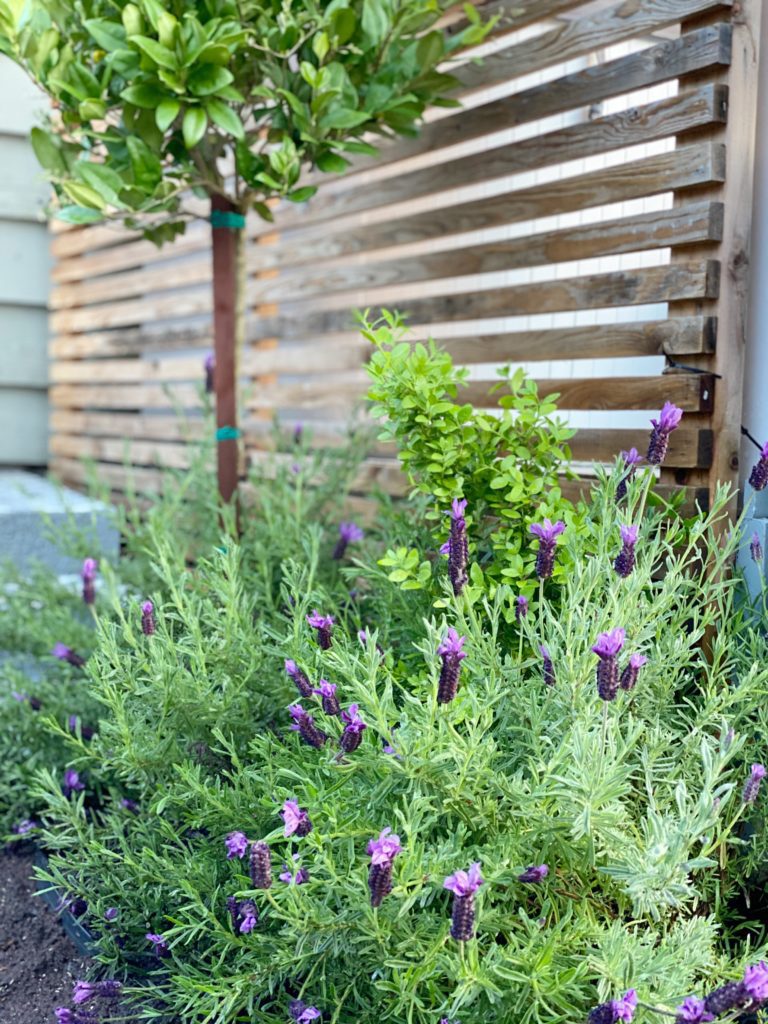
Let’s meet the expert, our guest from Cedarbrook Lavender & Herb Farm Marcella. If you ever had a question about Lavender, she knows the answer and today she will be going over a bunch of questions you all asked. Did you know that they sell LIVE lavender and can ship anywhere in the USA? Along with the live lavender, they have all different lavender gifts – and that is how we met – I was a customer and ordered gifts for my mom. Soon I will be going to their shop and staying at their farm in Sequim, Washington and will show you around, but for now you can check out their site!

This is just my lavender Otto Quast, it can use some help so I asked Marcella what I can do – and her tip for me was to trim it back so it can have a better shape and stay round. I will be trimming it back this fall and will keep you posted!

Here is what the lavender looked like when it was first planted, its amazing what it does right! I loved the lush green, but this year seeing the gorgeous purple I want it all over! Now does your lavender not look like mine? Let’s find out why!
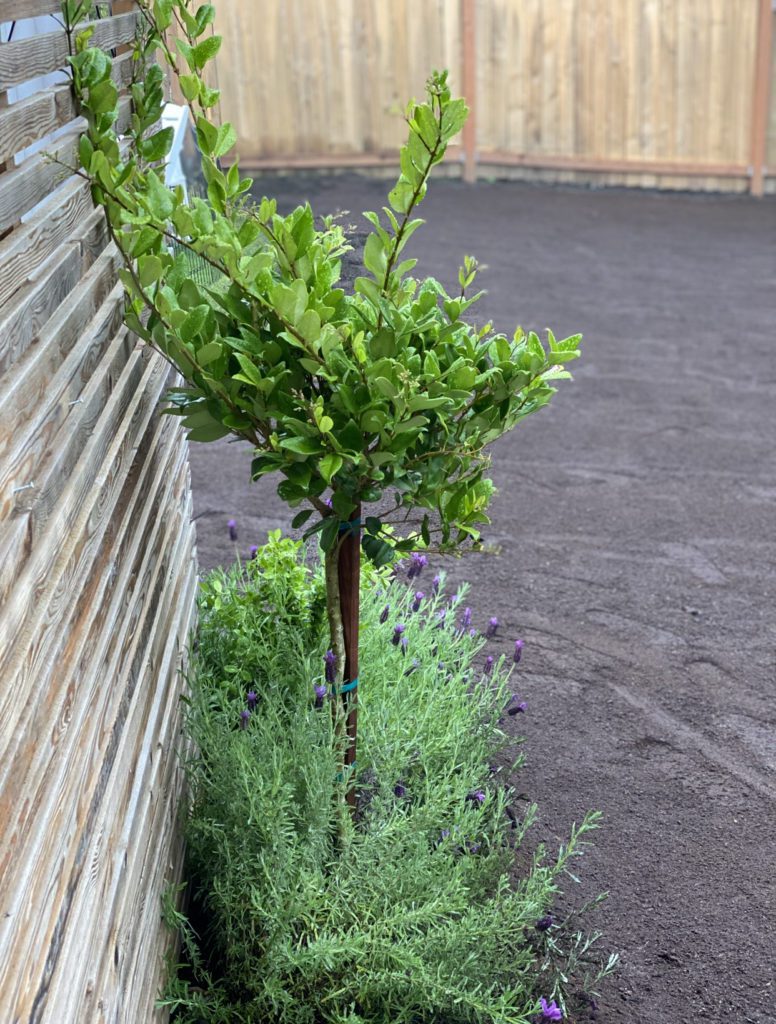
LAVENDER Q&A with Marcella from Cedarbrook
With each answer it’s to the best of our knowledge. We also suggest you check with your local nursery who has the best information regarding your growing zone.
- How often does it need to be watered? Mine are starting to brown
Lavender is very drought tolerant and most areas unless you live in a very dry area does not need to be watered once it’s established. Please see our Cedarbrook Lavender Growers Guide: https://www.cedarbrooklavender.com/growing-lavender
2. Do they grow in shaded areas?
Lavender wants as much full sun as possible for best growing conditions. But we have seen plants thrive in partial shade too.
- I have 6+ hours of late afternoon sun but it’s filtered light – is that ok?
Lavender prefers full sun however; six hours of filtered sun should be plenty. What is most important for lavender plants is that they’re planted in well drained soil and doesn’t get over watered or in the direct line of a sprinkler system. If you are in a climate that is very dry, the plants will require some watering but they’re also still very drought tolerant.
- Is it better to start with seeds or potted plants?
We do not recommend starting lavender with seeds. Seeds have many issues with propagating as it usually results with rot or mold in the soil. Propagating from plant trimmings is generally the most effective way to start. All of our lavender plants from cuttings from our farm in Sequim, WA.
- Does lavender work indoors? I’ve seen yes and no for this question … I want some for my room if yes.
The short answer is unfortunately no. Lavender will not grow inside for any extended period of time as it needs direct sunlight and space to grow. The plant’s stems will get leggy and will most likely not bloom. If you’re determined to have a lavender plant inside, we suggest having several plants and rotating them inside to outside every three to four weeks. That way they will get outdoor, direct sunlight, which is critical for the health and growth of the plant. We also suggest this same outdoor/indoor rotation for indoor kitchen herb gardens.
- Be really careful where you put your lavender. They draw bees like crazy.
Yes! Bees love lavender – even the ornamental ones. But bees generally are not aggressive, unless you bump up against the bee and are accidentally stung they will not sting you. It’s more likely those pesky aggressive hornets will sting you than a bee. Unlike hornets, bees die off after they sting and hornets just keep on going. We have a few beehives on our farm, and in the past 15 years have never been stung by a bee just those darn hornets!
- Easy to care for? I kill all plants.
Yes, lavender is definitely a garden plant that is easy to care for! It just needs well-drained soil. It’s very drought tolerant once it’s established and to keep its nice round bushy look it needs to be pruned in the fall each year.
- What’s the best climate to grow lavender in?
Lavender grows very well in arid climates like the Mediterranean, which is why our neck of the woods, Sequim, WA, has very similar growing conditions. It prefers low humidity, sandy, well-drained soil, and is very drought tolerant. In climates with a lot of precipitation, lavender can stull flourish in mounded flower beds or rows that allow for extra drainage. We’re a firm believer that if someone wants to grow a certain variety of lavender they will figure out a way to make it work! It may just take some extra love and care.
- When is the best time to cut the lavender back?
The best time to prune your lavender plants is after they’ve bloomed, in the early fall before the first frost. Check out our website for additional tips for growing using lavender. https://www.cedarbrooklavender.com/growing-lavender
- Mine has stopped blooming, why?
The top reason for lavender not blooming is generally its growing conditions – water stress. This may be caused from too much or even too little watering. Lavender likes well irrigated soil and space to grow.
Depending on the type of lavender variety, most bloom once a year with a little throw of spikes again later in the summer. Usually this second growth is not enough for another harvest. If you have planted “ornamental lavender” that’s only for looks and not so much fragrance, they will take a break when it gets very cold or too hot which is the perfect the time to prune. Sometimes, you have to trim even when there are some blooms, so just turn your head and prune! Your plants will thank you later with keeping it’s rounded shape and not look so leggy.
- Will lavender do well in sand/drier soil? New Jersey
Yes, definitely it will do better with sandy soil; it prefers this type of soil because it drains well. Check out our website for tips on growing lavender. https://www.cedarbrooklavender.com/growing-lavender
- I live in the low desert of California 110F+ days all summer. Will lavender survive?
Your instance for growing lavender is different – hotter and dryer than most. If you plan to grow lavender I would suggest that you plant it on the outskirts of your sprinkler system and plant hardier varieties from the Angustifolia lavender family.
- How much water? Morning sun or afternoon sun is better?
The quickest way to kill a lavender plant is to overwater it. However, if you live in a very dry climate you will need to have the plants on the outskirts of your sprinkler system or water, indirectly occasionally. Lavender wants as much sun as possible so depending on which way the sun faces, we have found that southern exposure is better.
- My Goodwin Creek lavender died back so much over winter! How do I save. Sent pix
An ornamental variety, Goldwin Creek Grey lavender, known for its dense mound of finely toothed, silver-grey foliage and beautiful, long, slender, dark purple flower spikes. It is very tolerant of heat, sun, and periodic drought and is great for sunny perennial borders or rock gardens, and raised beds or containers. In colder climates, overwinter potted plants indoors until spring, after danger of frost. If you live in a region with harsh winters, this variety can be tender to some degree. It sounds like it may be time to replace the plant.
- I’ll send you a pic but mine looks like they died over winter! Super brittle.
We would love to discuss your lavender plants (and their problems) with you if you’d like to give us a call. We are die-hard plant-loving, lavender cultivators and would need more details to be able to give any suggestions. Start by cutting it off close to the ground to see if it comes back during the summer. Our toll free number is 1-800-470-8423, give us a call anytime!
- What are the differences in the varieties listed on her site? What climates will they do well?
Our Angustifolias varieties are best for colder winters; while the Lavandins, which are richer in essential oils, do well in zone 8 with milder winters. The Stoecha (we offer Otto Quast) does well in a variety of climates. All three families of lavender grow well here in our western, arid climate.
Please feel free to call if you have questions 1-800-470-8423, or visit our website for more detail on the varieties we offer – https://www.cedarbrooklavender.com/cedarbrook-lavender-plants
- Why my lavender doesn’t grow, half is dead and the other half alive. Is so weird
We would need to know more about where you live and the soil conditions of your garden. My first guess would be that the half that died is getting overwatered but mother nature is always a mystery! We have plants that half have died and the other half is thriving and it’s not where it’s getting too much water. Would love to discuss with you. Give us a call. 1-800-470-8423
- How much water do they require?
Once a lavender plant is well established it requires very little water. Ours do well with west coast precipitation. But if you live in a dry desert, it will need a little water once a week.
- Do you need a yard to plant them or would a balcony work?
The smaller varieties do well in containers and as long as there is plenty of sun, it should do well. The soil will need to be replaced every couple of years. As with most plants on a deck, I usually replace them every four to five years.
- When and what to fertilize with?
Please refer to our Cedabrook Growing Lavender guide on our website for more details: https://www.cedarbrooklavender.com/growing-lavender
- When should we prune?
We prune our plants in the fall before the first frost. Please see our growing guide on our website: https://www.cedarbrooklavender.com/growing-lavender
- Does it spread and where can you buy it?
Lavender does not spread but if there’s ideal conditions the Angustifolia family will throw seeds that may propagate. We offer plants our website, here’s the link to the page: https://www.cedarbrooklavender.com/cedarbrook-lavender-plants
- Are lavender plants safe from deer? Like deer don’t like to eat it
Lavender, along with most herbs, deer do not like to eat. However, we have seen cases when they are very hungry and nothing else is available to eat, they will munch a little. We have many deer on our farm on the Olympic Peninsula in Washington State, and they generally do not bother our herbs or lavender plants.
- What size plants do they have that they ship?
We offer 3.5-inch pots for shipping. This size, when planted in ideal conditions, will usually be gallon-sized by fall. Check out the plants we offer for shipment anywhere in the U.S.: https://www.cedarbrooklavender.com/cedarbrook-lavender-plants
- Can I grow lavender in areas 9b or 10a … I planted French lavender in my yard, but dried out after a few months.
Yes, we would recommend trying our Otto Quast Stoecha commonly called Spanish. If you are in a very dry climate you would need to water the plants once a week once established. Give us a call if you like. 1-800-470-8423 Here’s the link to our plant page: https://www.cedarbrooklavender.com/cedarbrook-lavender-plants
- How do I keep lavender in a pot? Thrives in the ground but not great in a pot
A: Lavender needs soil I would suggest if you want to grow it in a pot that it needs to be a large container. Probably best to replace the plant every 4 to 5 years and replace the soil every couple of years and need to use a potting soil not soil from your garden.
- How do you take care of them? 4 of mine died
The quickest way to kill a lavender plant is to overwater. Lavender is very drought tolerant and most areas unless you live in a very dry area does not need to be watered once it’s established. Please see our Cedarbrook Lavender Growers Guide on our website: https://www.cedarbrooklavender.com/growing-lavender
- Do you use your lavender for anything? Tea?
Lavender is an herb that has many medicinal properties that aid in pain relief, reducing depression and anxiety, helps digestive issues or can be used as an anti-septic. It is used in a variety of things including bath and body products, essential oils for aromatherapy, and it’s also edible and tastes great! Cedarbrook uses our Angustifolia varieties for a plethora of culinary uses including lavender peppers, baking mixes, and tea blends. Check out our culinary offerings: https://www.cedarbrooklavender.com/culinary-1
- When should you trim the lavender back?
We prune our lavender in the fall before the first frost. Please see our growing guide on our website at this link: https://www.cedarbrooklavender.com/growing-lavender
- How do you prune them? Do you completely trim back each fall?
We prune our lavender in the fall before the first frost. Please see our growing guide on our website at this link: https://www.cedarbrooklavender.com/growing-lavender
- My lavender is different colors of green. Is it okay?
The leaves sometimes do have different shades of green. Without knowing what variety or family your lavender is, it’s hard to answer your question. Feel free to send us a photo to look at: [email protected] We will do our best to give you feedback.
- Should it be trimmed for extra growth? If so when?
We prune our lavender in the fall before the first frost. Please see our growing guide on our website at this link: https://www.cedarbrooklavender.com/growing-lavender
- Isn’t lavender poisonous to most house pets…?
According to ASPCA, “fresh lavender is not toxic to felines, only the essential oils derived from the plants are.” We have had many farm kitties over the years and our favorite, Miss. Minnie, would sit in the middle of our tables, in the plant nursery every day sunning herself. She lived a very long life of 21 years. While we would not suggest putting any lavender essential oils on your house pets, having lavender plants outside in the garden seems like it would not be a problem.
- How long does it take for the purple blooms to pop up? Mine has none (just got it)!
Your plants will thank you if you clip off each spike that forms for the first few months and let it bloom later if it does throw spikes, or next summer. You want the growing energy to go to the roots and the plant and not the blooms. Please see our growing guide on our website: https://www.cedarbrooklavender.com/growing-lavender
- Best place to plant it?
Full sun, well-drained soil and see our Cedarbrook Lavender Growing guide for what to amend the soil with: https://www.cedarbrooklavender.com/growing-lavender
- I have lavender that looks like some of it died. Do I cut it off?
Yes, prune those branches off of the plant, each season, preferably during the fall before the first frost. We have a growing guide on our website if you would like to refer to it: https://www.cedarbrooklavender.com/growing-lavender
- What type are you growing?
Sarah has a plant within the Stoecha family, commonly known as Spanish Lavender or Otto Quast, which is an ornamental lavender known for its look and not it’s fragrance or medicinal benefits. Cedarbrook grows all the varieties that we have available to order on our website at this link: https://www.cedarbrooklavender.com/for-the-home-1/lavender-plants
- Do you need a specific type of lavender to bake or cook with?
All lavender varieties (excluding ornamental lavender) are an edible herb. You may cook with any type of lavender however; try to avoid Lavandin varieties as they have a lot of camphor terpenes that results in bitterness. Lavandins are generally used for their beautiful fragrance, as they’re high in essential oils. Culinary lavender in the Angustifolias family, or commonly known as English Lavender, is sweeter and milder in flavor, and pairs well with culinary use. Cedarbrook uses Angustifolia varieties for our culinary products recommends only using this kind. Check out our culinary lavender and products here: https://www.cedarbrooklavender.com/culinary-1
- How much space is needed for the new plant so it has room for growth?
We’d recommend planting the Lavandin and ornamental varieties 3-feet apart and the Angustifolias no closer than 2-feet apart.
- Do you cut it back in the fall?
We prune our lavender in the fall before the first frost. Please see our growing guide on our website at this link: https://www.cedarbrooklavender.com/growing-lavender
- Does it grow best in sun or shade?
Lavender wants as much full sun as possible for best growing conditions. See our growing guide for more information https://www.cedarbrooklavender.com/growing-lavender
- How to keep it alive in the ground vs in containers?
Lavender needs soil I would suggest if you want to grow it in a container that it needs to be a large container. Probably best to replace the plant every 4 to 5 years and replace the soil every couple of years , along with regular fertilizing and need to use a potting soil not soil from your garden.
- What is the best purple flowering/bushing variety for zone 8a?
Our favorite is an Angustafolia variety called, Royal Velvet, known for its eye-catching, vibrant, purple flowers and sweet fragrance. Check out our lavender plants, including Royal Velvet on our website: https://www.cedarbrooklavender.com/cedarbrook-lavender-plants
- What size area do you need to grow lavender?
We suggest planting the Lavandins and ornamental lavender 3 feet apart and the Angustifolias not closer than 2 feet apart.
- When is the best time to trim them back?
We prune our lavender in the fall before the first frost. Please see our growing guide on our website at this link: https://www.cedarbrooklavender.com/growing-lavender
- How do I make my lavender plants stand up and look like a bush?
If you were referring to making it look like a topiary tree, then you would need to prune the bottom branches and stake it to make upright. This is not an easy task though. I would suggest you buy one at your local nursery. Lavender really wants to grow low and fan across the ground.
- What lavender plant will thrive in New Jersey?
We would suggest you try the Angustifolia Lavender family, which is commonly known as English Lavender, for your climate in New Jersey (assuming that it gets very cold there in the winter). My favorite variety is Royal Velvet, but there are many varieties in this family some others are Folgate (our premium culinary), Munstead, Melissa (pink lavender), Hidcote Blue and Mailette to name a few. Your climate can be harsh on the lavender and if you plan to plant a number of plants depending on the severity of the winter there will be die-off that is expected each year.
- Does it need full sun?
Lavender wants as much full sun as possible for best growing conditions. But we have seen plants thrive in partial shade too. For more tips and tricks, check out our Cedarbrook Growing Guide on our website: https://www.cedarbrooklavender.com/growing-lavender
- What’s the best kind to grow down in Houston, TX, in the yard?
We would suggest you try the Stoecha family commonly know as Spanish Lavender. The variety we have available is Otto Quast, which seems to grow best in a variety of zones and climates.
- Does lavender survive in zone 4?
It looks like Zone 4 is in a colder climate, and we would suggest hardier lavender plants from the Angustifolia family. You should check with your local nursery to see what they recommend for growing lavender in your region. However, our suggestion would be to grow in large containers and then move it to a sunroom, or sun-lit garage during the winter. You may also try covering them as well if you have a lot of snow.
- When do you trim back?
We prune our lavender in the fall before the first frost. Please see our growing guide on our website at this link: https://www.cedarbrooklavender.com/growing-lavender
- I just planted a lavender garden and it doesn’t look very good … yikes
They do take a little shock when transplanting from their containers and do need to be watered often (yet, not too often) until they are established. I really would need more information and would love to discuss with you. Feel free to give us a call at 1-800-470-8423
- I have this same variety … it’s huge, how do I prune it back?
Sarah has planted Stoecha, or commonly known as, Spanish Lavender specifically, Otto Quast, which is an ornamental lavender known for its florals, not fragrance. They will take a break when it gets very cold or very warm. When these do take their break, that’s the perfect time to prune – in the fall, before the first frost. Sometimes you have to trim even when they’re blooming, so just turn your head and prune! Your plants will thank you later with keeping it’s rounded shape and not look so leggy. https://www.cedarbrooklavender.com/growing-lavender
- Is it normal to have some dead undergrowth on an otherwise healthy plant? Zone 10 here.
Yes, lavender does tend to have some dead branches underneath which is part of its natural growth pattern. We suggest grooming the undergrowth of your plants to get this off and help cultivate additional growth.
- How much sun do they need? How often to water?
Lavender wants as much full sun as possible for best growing conditions. The quickest way to kill a lavender plant is to overwater. Lavender is very drought tolerant and most areas unless you live in a very dry area does not need to be watered once it’s established. Please see our growers guide on our website at this link: https://www.cedarbrooklavender.com/growing-lavender
- Will it grow in South Florida?
We actually spend a lot of time on Estero Island, Ft. Meyers Beach, and I have seen the ornamental growing there! We would suggest you try the Stoecha lavender family commonly known as Spanish Lavender. Cedarbrook offers a lovely variety called Otto Quast, which seems to grow best in a variety of zones and climates, including South Florida. Shop now: https://www.cedarbrooklavender.com/for-the-home-1/lavender-plants
- All questions!! I take any advice
A: We do know that lavender grows very well in the Mediterranean, which in our neck of the woods (Sequim, WA) have very similar growing conditions. It prefers low humidity, sandy soil, is very drought tolerant and in climates with a lot of precipitation is better in a mounded flower bed or row. But I am a firm believer that if someone wants to grow a certain variety of plant they will figure out a way to make it work. We have information on our website for growing lavender and the plants that are available for shipping. Please see our website:
https://www.cedarbrooklavender.com/for-the-home-1/lavender-plants
- What kind do you chop back each year
We prune all of our lavender in the fall before the first frost, even the ornamental lavender. Please see our growing guide on our website at this link: https://www.cedarbrooklavender.com/growing-lavender
- Will it grow well in North Florida?
We would suggest the variety we have available is Otto Quast (an ornamental lavender), which seems to grow best in a variety of zones and climates. We have it available on our website for shipping at this link: https://www.cedarbrooklavender.com/for-the-home-1/lavender-plants
62. What type of lavender will survive the Chicago winter season?
In harsh hot summer to extreme winter climates such as the Midwest region of the U.S., we suggest you try varieties within the hardy Angustifolia lavender family, which is also commonly known as English Lavender. If you plan to plant a number of plants depending on the severity of the winter there will be some die-off that is expected each year. Our favorite variety is Royal Velvet, known for its bold purple color and sweet fragrance. There are several other Angustifolia varieties that would work too such as Folgate (Cedarbrook’s premium culinary), Munstead, Melissa (pink lavender), Hidcote Blue, and Mailette.
- What variety do you get for larger plants like yours?
Sarah has planted Stoecha, or commonly known as, Spanish Lavender specifically, Otto Quast, which is an ornamental lavender known for its florals, not fragrance. They will take a break when it gets very cold or very warm. When these do take their break, that’s the perfect time to prune – in the fall, before the first frost. Sometimes you have to trim even when they’re blooming, so just turn your head and prune! Your plants will thank you later with keeping it’s rounded shape and not look so leggy. https://www.cedarbrooklavender.com/growing-lavender
- Why is my lavender just leaves? I don’t get purple blooms on them.
Depending on the type of lavender, most varieties only bloom once a year with a little throw of spikes again later in the summer, but usually not enough for a second harvest. If you have what we call ornamental lavender and to enjoy they will take a break when it gets very cold or very warm. When these do take their break that’s the time to give them a haircut. Sometimes you have to trim even when there are some blooms, so just turn your head and prune. Your plants will thank you later with keeping it’s rounded shape and not look so leggy. It’s hard to answer without more information. Feel free to give us a call: 1-800-470-8423
- What are some good pruning tips for lavender?
We prune our lavender in the fall before the first frost. Please see our growing guide on our website at this link: https://www.cedarbrooklavender.com/growing-lavender
- What region will lavender grow? And what soil type should I prep my bed with? I’m in Oklahoma.
In our neck of the woods, on the Olympic Peninsula in Sequim, WA, have very similar growing conditions to your zone in Oklahoma. It prefers low humidity, sandy soil, is very drought tolerant in climates with a lot of precipitation. Lavender plants flourish in a well-mounded flowerbed or row. We’re firm believers that if someone wants to grow a certain variety of lavender they will figure out a way to make it work! Check out our website for varieties of lavender that will work for you: https://www.cedarbrooklavender.com/cedarbrook-lavender-plants
- How long does it bloom for
Depending on the type of lavender, most only bloom once a year with a little throw of spikes again later in the summer but usually not enough for a second harvest. If you have what we call ornamental lavender, so only for looks and to enjoy they will take a break when it gets very cold or very warm. When these do take their break that’s the time to prune. Sometimes you have to trim even when there are some blooms, so just turn your head and prune. Your plants will thank you later with keeping it’s rounded shape and not look so leggy. It’s hard to answer without more information. Feel free to give us a call: 1-800-470-8423
I hope this went over all your questions, if you have anymore please leave them below.
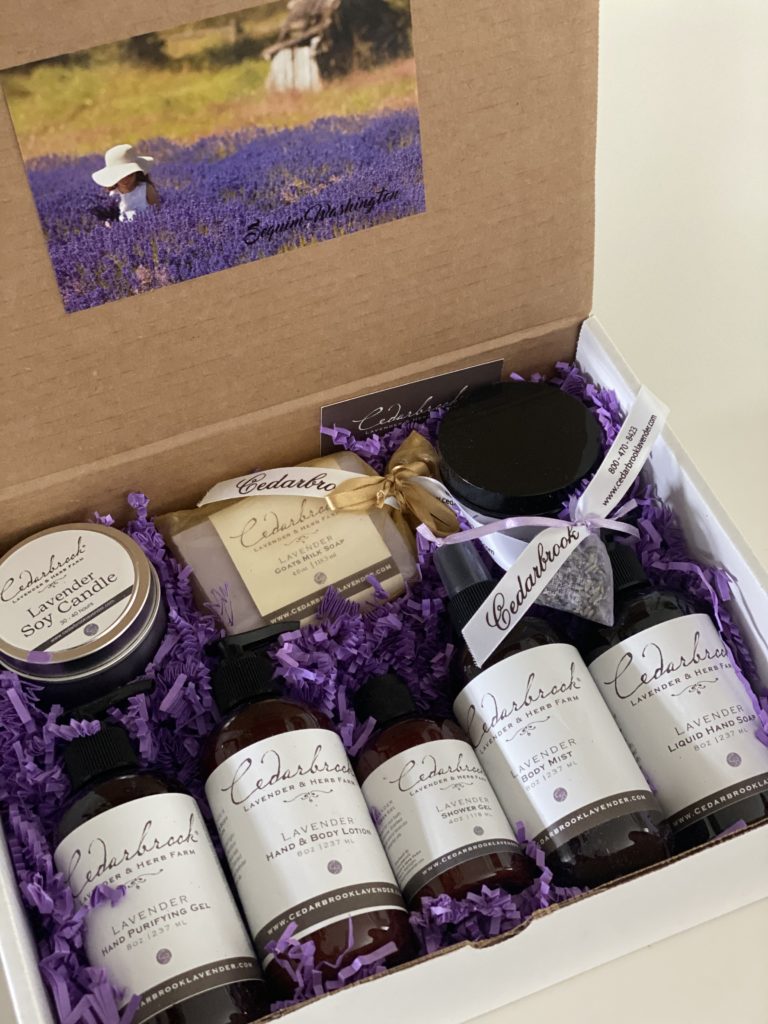
A special thanks to Marcella from Cedarbrook Lavender & Herb Farm. I love supporting small businesses and I hope you do to! If you are looking for live lavender, lavender scented gifts, or looking for a place to get away to I hope you keep them in mind. You can visit their page HERE.
PIN THIS IMAGE FOR LATER, AND COME PIN ALONG WITH ME HERE.
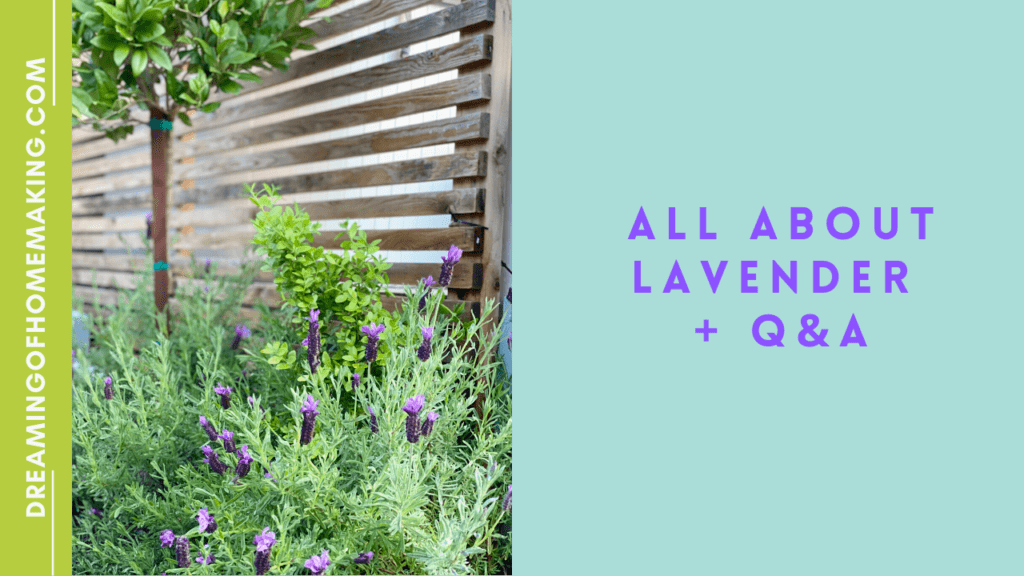
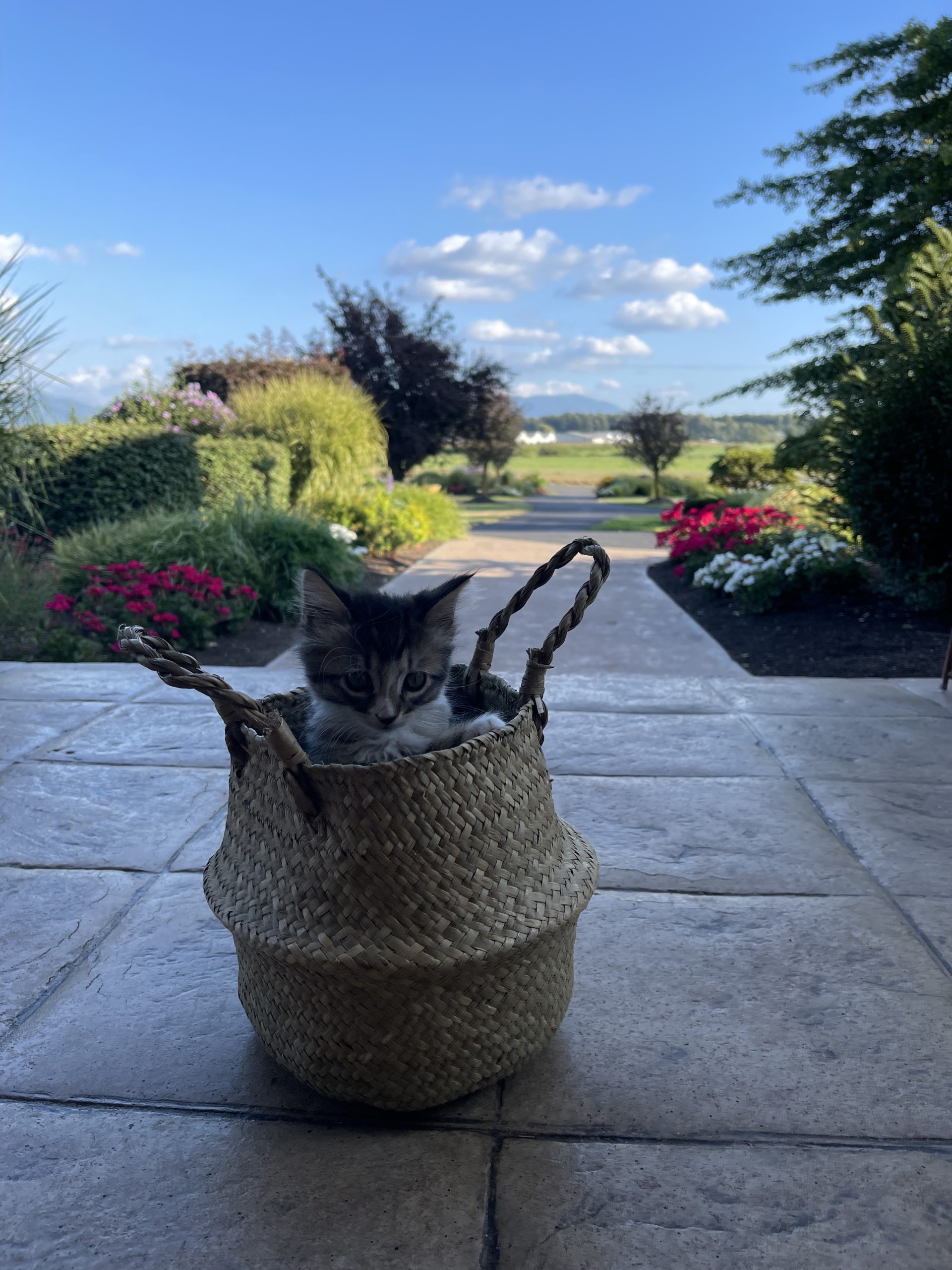
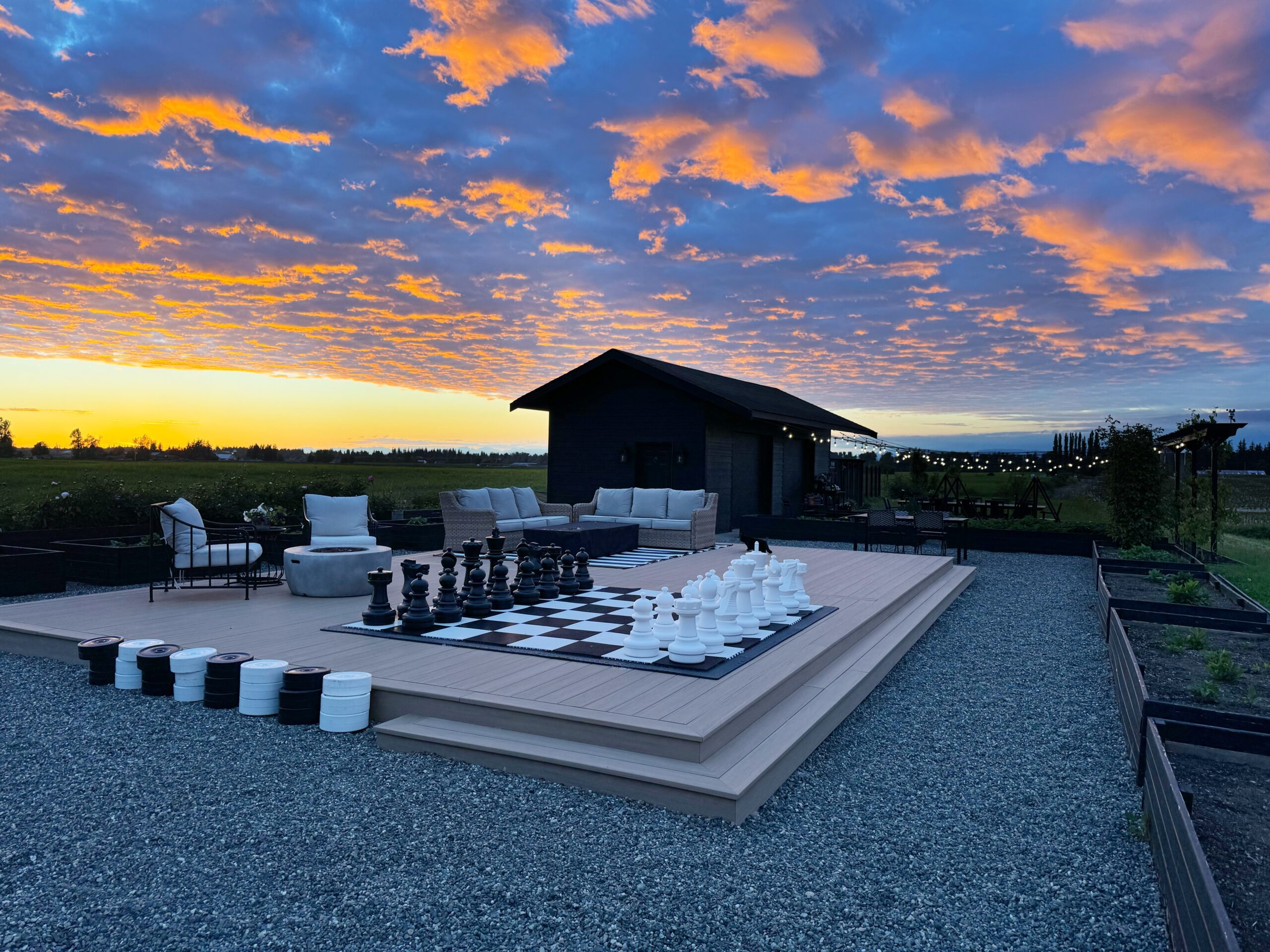
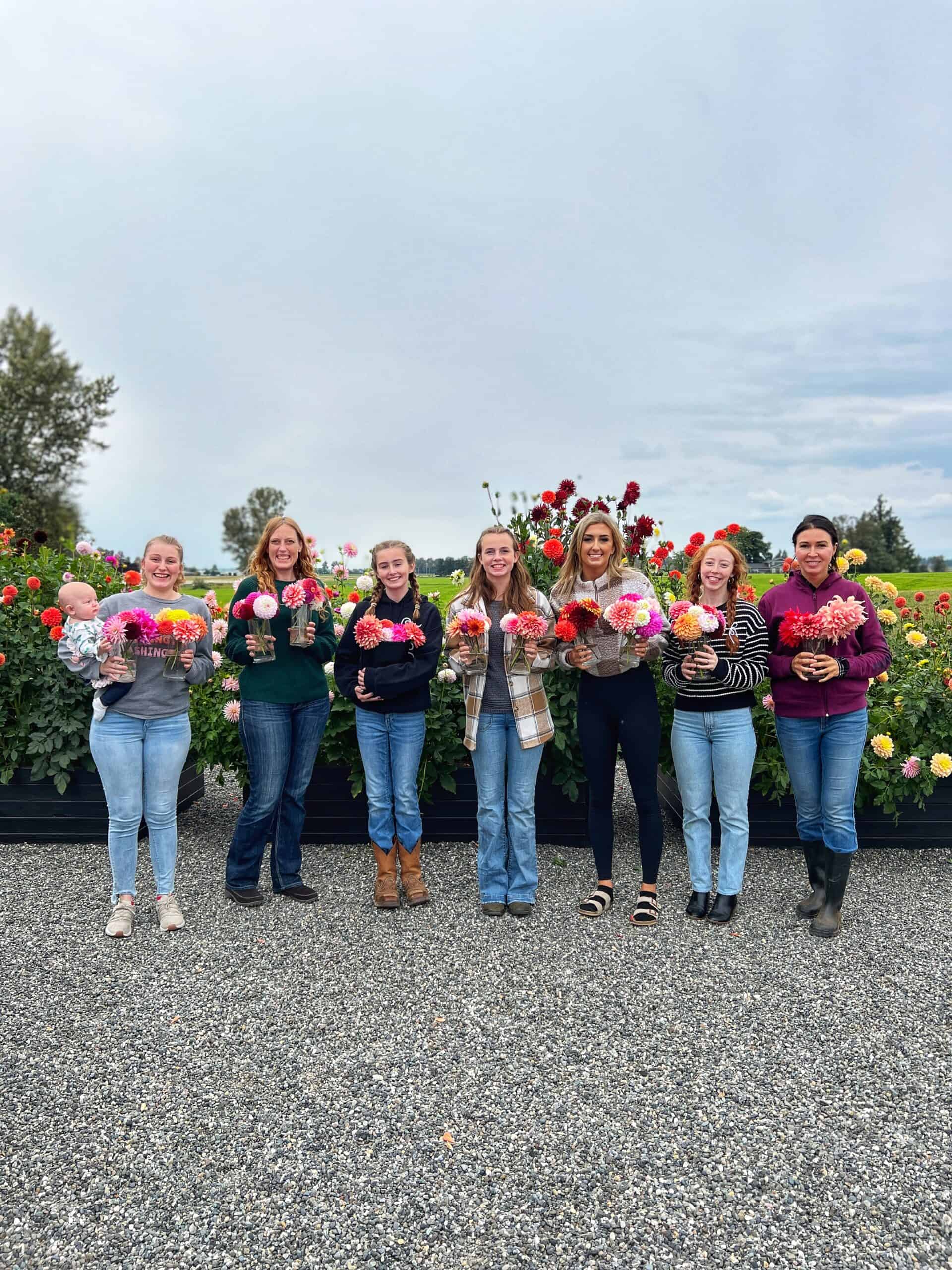
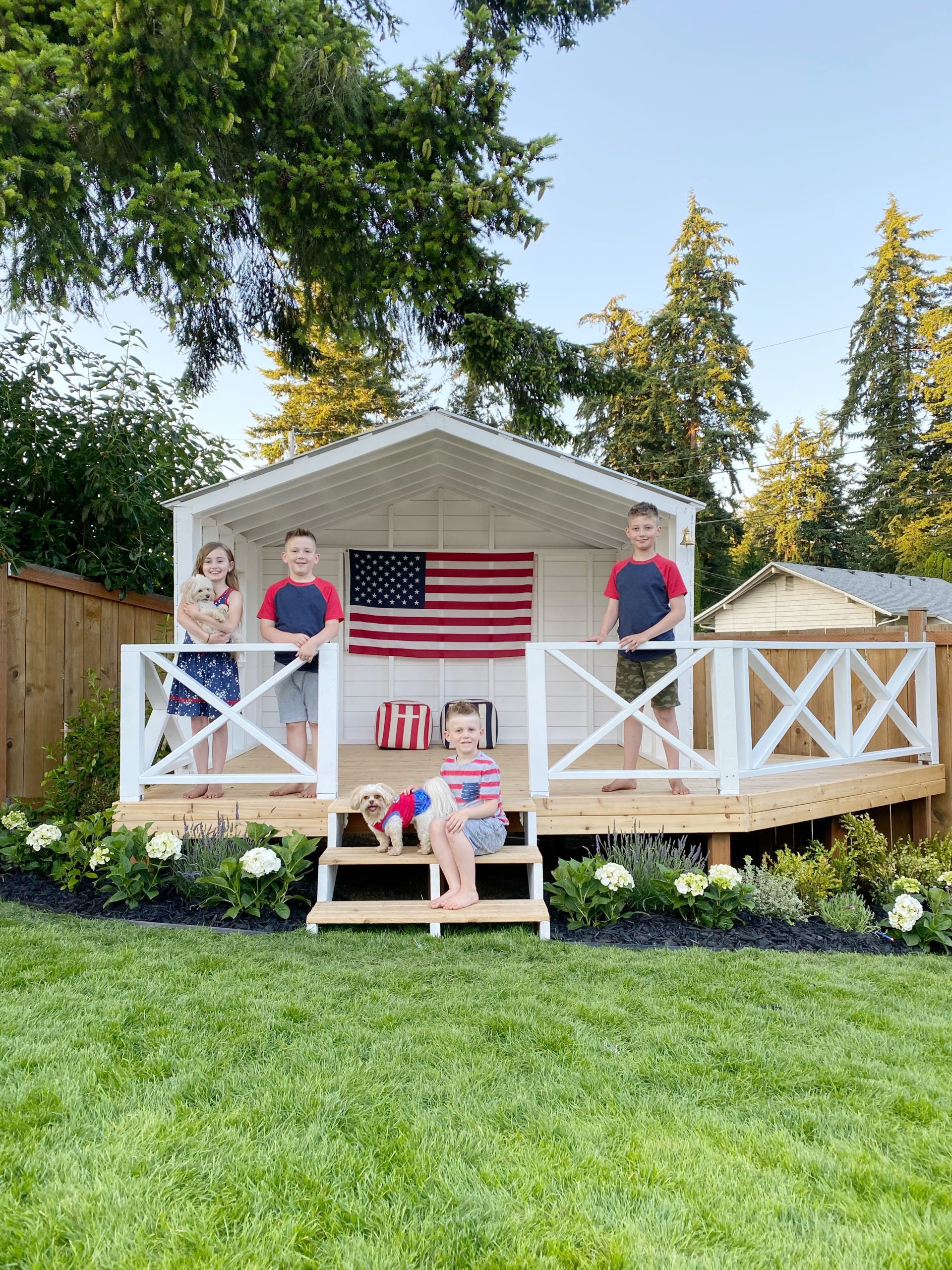
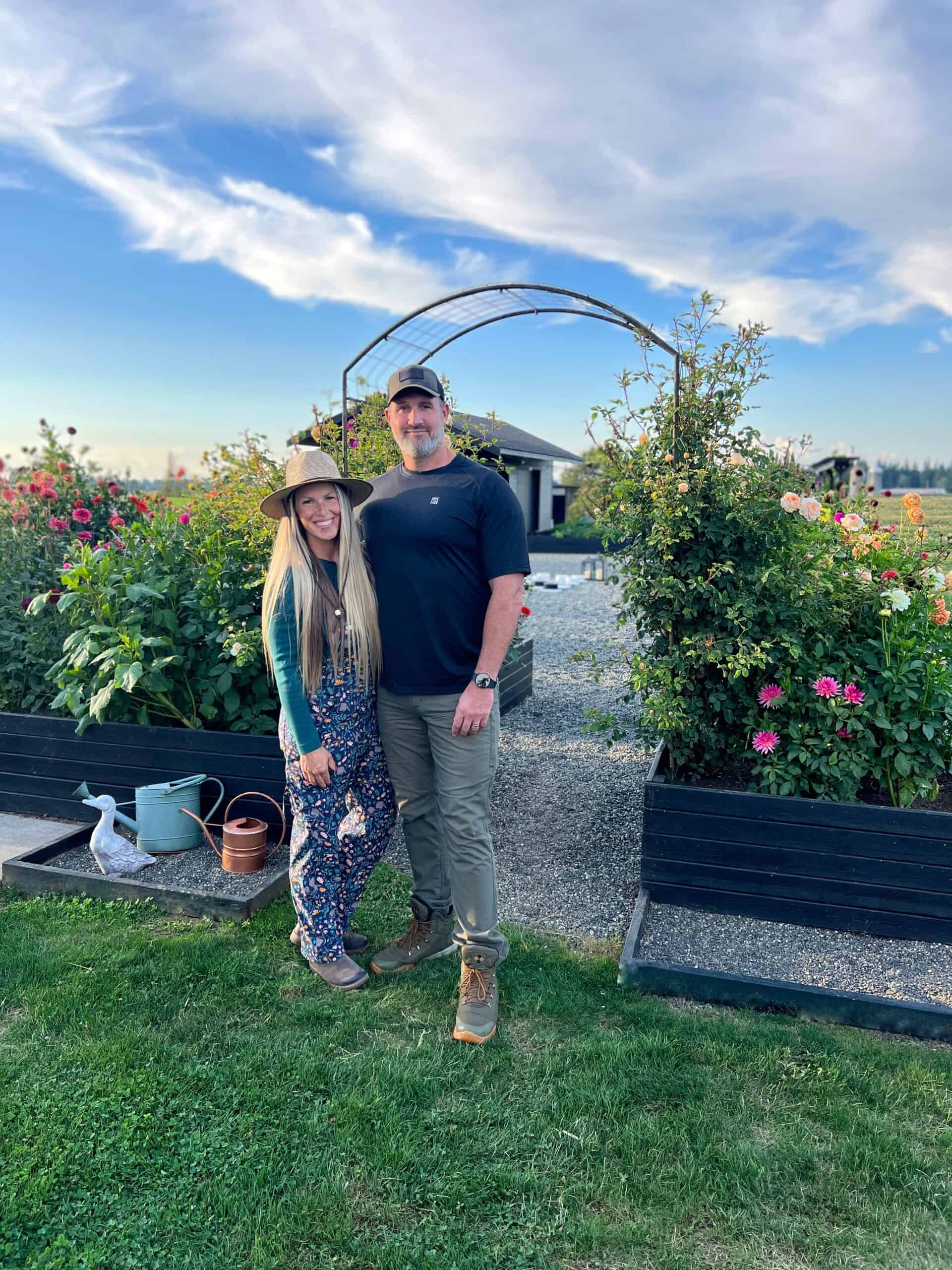
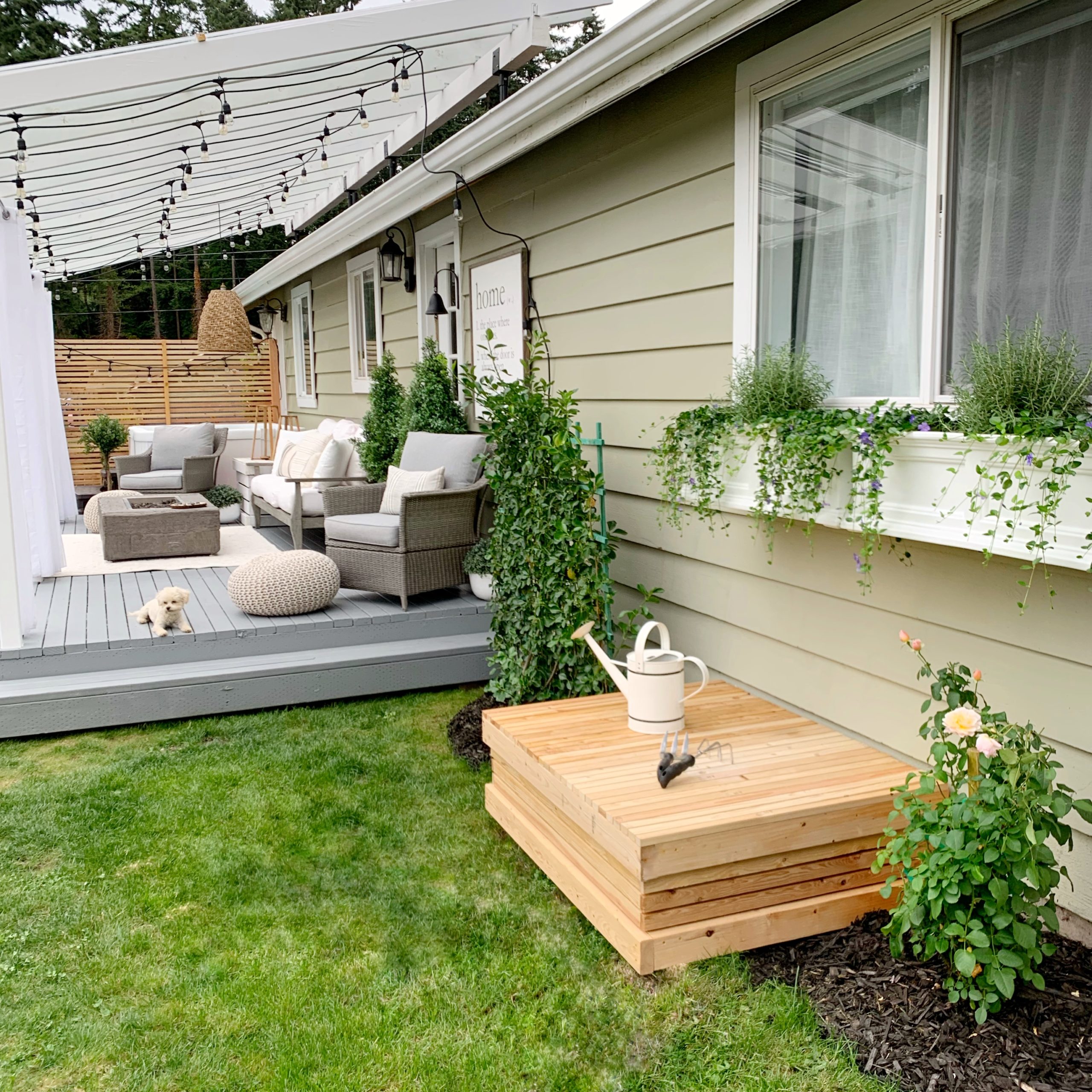
This was great! Thank you Sarah and Cedarbrook. As you know I ordered some and it’s growing nicely. I appreciate the tips. I highly recommend this business. They delivered everything very nicely and quickly with great instructions and even a lovely little sachet of lavender. AND I’m not in WA state.